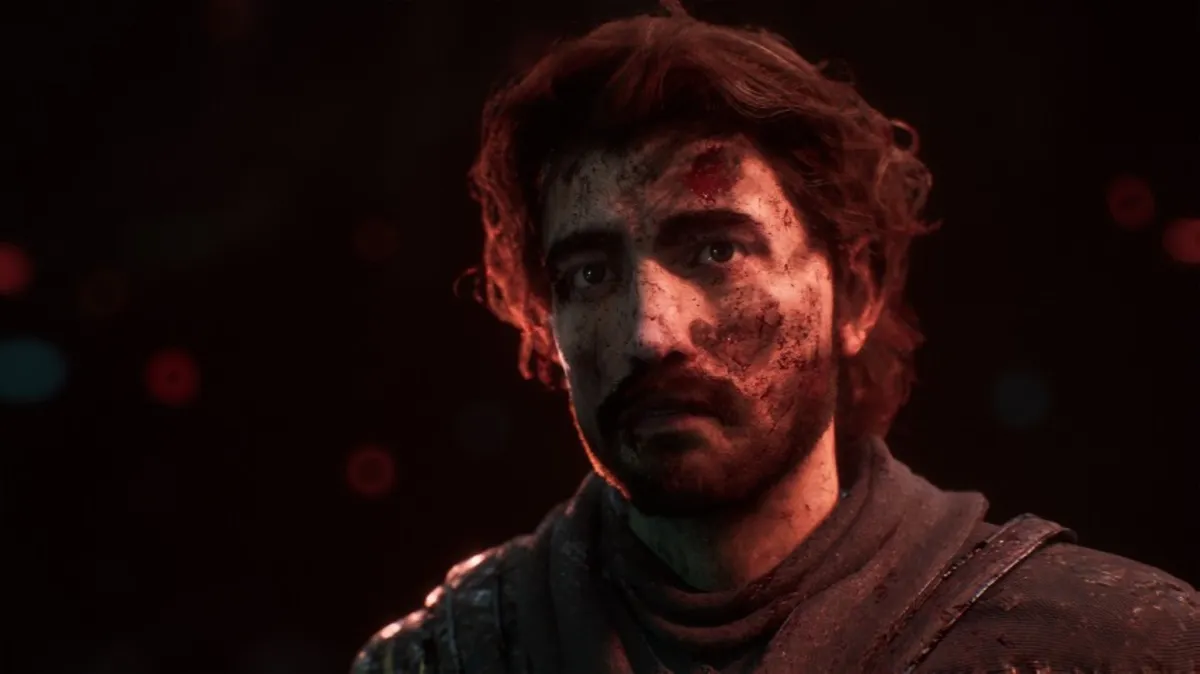
Clair Obscur is not just another video game; it represents a remarkable blend of storytelling and performance that sets it apart in the crowded gaming landscape. The game opens with a stunningly confident prologue chapter that gradually unveils a mysterious narrative, drawing players into a world where beautiful, young French characters grapple with an overwhelming sense of sadness. The performances, particularly the facial acting and animation, are executed with such finesse that they contribute significantly to the game’s immersive experience.
One of the standout features of Clair Obscur is its dialogue, notably the opening conversation between Gustave, portrayed by Cox, and his young ward Maelle. Their exchanges are marked by interruptions and overlapping speech that mirror the fluidity of real-life conversation, contrasting sharply with the typical stilted dialogue often found in video games. This level of editing is a crucial yet often overlooked skill in game development, and Sandfall, the studio behind this title, excels in this area. The result is a dialogue that feels authentic and engaging, making the characters relatable.
The narrative premise of Clair Obscur is as gripping as the performances. The game introduces players to an ongoing apocalypse where individuals over a certain age mysteriously perish, with the age threshold lowering each year. This high-concept scenario could easily slip into melodrama, but the game’s strong writing and heartfelt performances transform it into a believable story. Gustave’s poignant reunion with his lover Sophie, coinciding with her impending demise, serves as a powerful emotional anchor in the unfolding drama.
Clair Obscur doesn’t shy away from exploring the cultural ramifications of its dire premise. The game thoughtfully depicts the societal structures that emerge in response to the crisis, such as foster families and orphanages that arise as children lose their parents. Additionally, the somber tradition of leaving furniture on the streets for survivors to claim adds layers of depth to the narrative, showcasing the resilience of human spirit amidst tragedy.
Cox’s portrayal of Gustave is particularly captivating, as he navigates a complex emotional landscape, displaying a range of fragile yet brave expressions in the face of inevitable grief. Even after only four hours of gameplay, having recently completed the first major boss fight, it’s evident that Clair Obscur is a game that carefully constructs its emotional weight. The prologue is densely packed with impactful moments that set high expectations for the rest of the journey.
However, there are concerns about whether the game can maintain its narrative strength as it progresses. Many games suffer from the issue of a polished opening chapter that fails to deliver the same level of complexity in later acts. While Clair Obscur offers a promising start, there’s a question of whether the commitment to emotionally mature storytelling will carry through to the game's quieter exploration segments once the titular Expedition begins.
The question of “Why does what I’m doing matter?” is a significant hurdle in game narrative design, and few titles have tackled this as effectively as Clair Obscur does in its opening scenes. The game’s ability to stage and record these moments as dramatic scenes, rather than simple gameplay segments, is a testament to its success. Players are left with a lingering sense of purpose, even as the action shifts and the gameplay evolves.
In conclusion, Clair Obscur is shaping up to be a noteworthy title that merges emotional storytelling with engaging gameplay. As players delve deeper into its world, they are sure to uncover not just a game, but an experience that resonates on multiple levels.